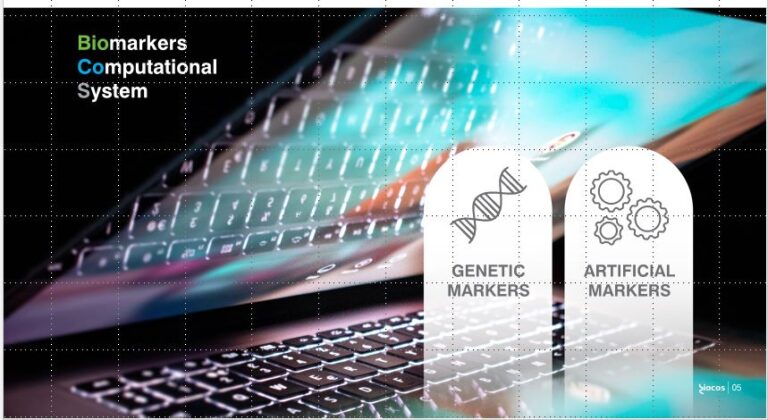Result description
A fast computational tool allowing to disocver highly species specific genomic loci (biomarkers) for any pathogen upon which efficient primers are designed.
The tool increase time to design of novel primers for the detection of pathogens (viruses/bacteria). The innovation of the Bioinformatics approach is that bypasses whole genome alignment and reduces de novo sequencing needs.
Addressing target audiences and expressing needs
- Legal / IPR advise
- Business plan development
- Expanding to more markets /finding new customers
The computational tool allows to accelerate the in silico design of novel primers to be used in the infectious diseases. We need experts to understand the market potential and implement a business plan, as well as to introduce us to potential biotech companies in the infectious disease sector.
- Public or private funding institutions
- Other Actors who can help us fulfil our market potential
- Private Investors
R&D, Technology and Innovation aspects
Complete automatization for collecting, processing and analyzing large datasets against any pathogen, minimizing adaptation steps.
The tool has the potentiality to be applied in different sectors, and not limited to the infectious disease.
In STAMINA, BioCoS successfully transferred and adopted its proprietary Bioinformatic tool, the BIOmarkers COmputational System, from food sector to Health sector, and particularly the Infectious diseases (viruses/bacteria).
The tool successfully discovered novel biomarkers for 5 pathogens, SARS-CoV-2, Influenza A (H1N1), ESBL E Coli, Measles, West Nile Virus. Subsequently different types of primers/probes were designed for the 3 out of 5 pathogens, SARS-CoV-2, Influenza A (H1N1), and ESBL E.Coli. In SARS-CoV-2 three different types of primers/probes were designed to fit to the different molecular technologies used in STAMINA. Their respectively primers/probes, regular, LAMP, and CRISPR, were successfully validated for their functionality and performance. For Influenza A (H1N1) the LAMP primers designed were found to successfully detect Influenza A. Finally, for ESBL E.Coli, the regular primers designed were found to be functional but with an extraordinary specificity in detecting solely specific E. Coli strain. The latter, limits its application in the detection of all ESBL E. Coli strains.
The business model can be sustainable and follows two different revenue streams. Royalty fee model for each primer set targeting a specific need or as one off service to biotech companies developing molecular tests.
Result submitted to Horizon Results Platform by BIOCOS IKE

